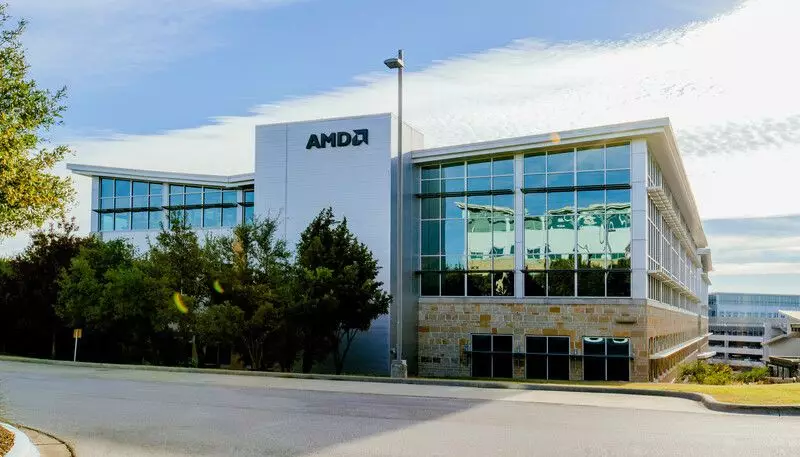Advanced Micro Devices (AMD), a major player in the semiconductor industry, has disclosed its decision to lay off approximately 4% of its global workforce. With an estimated workforce of around 26,000 employees, this translates to nearly 1,000 individuals losing their jobs. While the exact reasons behind this drastic move remain somewhat vague, the company has publicly stated that these layoffs are part of a strategic initiative to align its resources with “the largest growth opportunities.” As the tech industry continues to evolve rapidly, AMD’s shift raises questions about its current market focus and future prospects, particularly in the context of its growing interest in artificial intelligence (AI).
AMD’s confirmation of layoffs suggests a reaction to both internal and external pressures in the tech landscape. The company has indicated its intention to pivot resources towards segments believed to have high growth potential. Presently, AI is a focal point within the industry, especially as companies compete for dominance in the lucrative data center GPU market. For AMD, competing against an established powerhouse like Nvidia will necessitate a reallocation of talent and resources. However, this strategic pivot raises an important question: What implications will it have on other divisions, particularly those that have struggled recently?
The gaming sector, once a burgeoning avenue for revenue, accounted for only 6.8% of AMD’s total revenues according to the latest figures. This notable decline raises concerns over the company’s commitment to its gaming division, especially with the continued popularity of gaming technologies. The likelihood that the gaming division may face deeper cuts amid this realignment is troubling for both employees and gamers who have come to rely on AMD’s innovations in their consoles and PC graphics.
The Bigger Picture: Contextualizing Layoffs
Interestingly, AMD’s announcement about job cuts comes shortly after the company reported record revenues, bolstered by initial sales from its AI GPU products. The juxtaposition of these achievements against impending layoffs presents a paradox that can confuse stakeholders. Despite promising growth, AMD’s share price has notably decreased—a reflection, in part, of a weaker forecast for the upcoming fourth quarter of 2024. This discord between performance metrics and workforce reductions highlights the volatility of the semiconductor market and the broader economic environment, where even companies experiencing growth must make difficult decisions to navigate challenges.
In the grander scope of the tech industry, AMD is not alone in facing workforce reductions. Intel, its primary competitor, announced layoffs numbering 15,000 employees—an equivalent of 15% of its workforce. Although AMD’s percentage of workforce reduction appears smaller, both companies share the common thread of attempting to optimize operational efficiency amid fluctuating markets. This trend reinforces the understanding that layoffs, while distressing, are sometimes deemed necessary for long-term sustainability.
Moreover, AMD has emphasized its commitment to treating affected employees with respect throughout this upheaval. The company has stated its intention to provide support as individuals navigate this difficult transition. In an industry as dynamic as technology, transitioning talent can result in innovations elsewhere, but it undoubtedly poses a significant emotional and financial burden on those directly impacted. Companies must balance the imperative of operational efficiency with the moral obligation to support their workers during such transitions.
Looking Ahead: The Future of AMD
As AMD embarks on this realignment, the overarching question remains—will this strategic shift enable the company to securely position itself within the competitive AI market while still catering to its established segments such as gaming? The company’s actions in the coming months will be closely monitored by industry analysts and competitors. Whether AMD can successfully pivot towards this new growth area or if it will experience further setbacks will significantly define its trajectory in the ever-evolving tech landscape.
The layoff announcement serves as a stark reminder of the fierce competition within the semiconductor industry. Keeping pace with innovation while managing human capital is a complex balancing act that AMD must navigate to sustain its growth and maintain its relevance in an increasingly AI-dominated sector.

